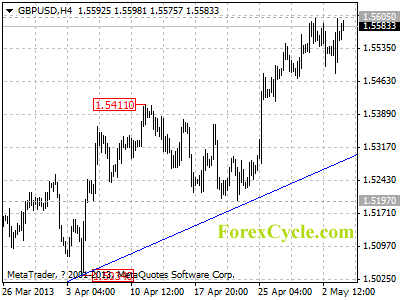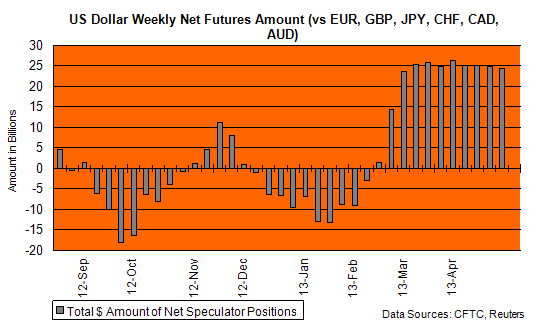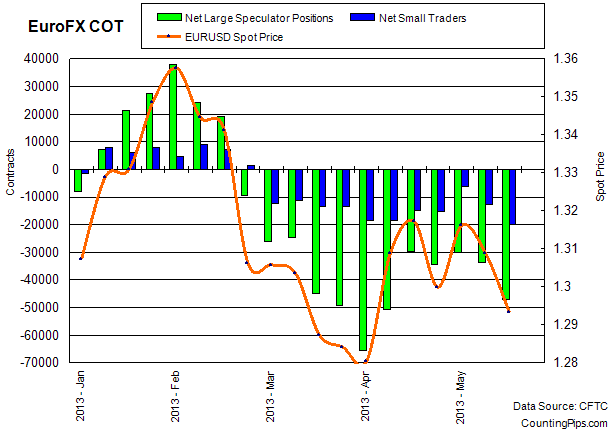By MoneyMorning.com.au
You may be familiar with the old saying about London buses, ‘you wait 15 minutes for one and then two come along at once.’
In a similar fashion, investors waited the better part of two years for the Dow Jones Industrial Average to go past its 2007 high. Then, before anyone could take a breath, the old level was history and the market breached the next key level of 15,000 points. Just like that.
On Friday, barely two months after taking out the old high, the Dow broke through 15,000 points to reach a high of 15,009.59. It ended the day just 6.04 points below the key level.
What should you make of it? Isn’t the world’s economy supposed to be on the verge of disaster and collapse? It appears not. Well, not for now anyway…
Central banks printing money. Record low interest rates. High unemployment. China’s slowing economic growth. Budget deficits. Government debt. Personal debt…there’s no end of negative news stories.
You don’t need to look hard to find them either.
Now, don’t get us wrong. We’re not saying you should ignore the bad news, because you shouldn’t. Just in the same way you shouldn’t ignore the warning light in your car that says you’re about to run out of fuel.
What we are saying is that you shouldn’t allow big macro-economic news stories to paralyse your investment decisions. We see it all the time. We call it ‘Paralysis by Macro’.
And to be honest, it’s not good for your wealth.
Stock Market to Rally to New Record
We went on record last year telling you it was a good time to buy stocks. Granted, we didn’t fully expect stocks to rally as quickly as they did…certainly not the dividend stocks.
But they did. Then we went further. We predicted the S&P/ASX 200 index would hit 5,002 points by the end of the year. We got that wrong. The index crashed through that level in February…10 months too soon. So that caught us off guard too.
It forced us to change our view on how the market will behave this year. Rather than the steady rise we had predicted through the year, we’re now banking on stocks providing investors with a volatile year of ups and downs.
And unlike in the past, you shouldn’t see that as a negative. Quite the opposite. Because the next part of our prediction is the best bit – we believe stocks will soon embark on a bull market rally that will take the Aussie index to 7,000 points and the Dow to 20,000 points by 2015.
It’s a big and bold prediction. And there’s no guarantee we’re right. In fact, there’s just as much chance we’re horribly wrong.
But if there’s one thing we’ve learned about investing (we’ve learned many things, but this is one of the most important) it’s that to be a successful investor you’ve got to be flexible.
You’ve got to be flexible enough to admit when something isn’t going as you expected. But even if things go right, you still need to review your position to see if anything has changed. If it has, you need to adapt too.
Memories of the Internet Bubble
And so, despite the negative macro-economic stories that are scary enough to have you hiding under the bed sheets, you’ve got to recognise that at the moment, most investors are shrugging off these problems.
On Friday the US unemployment rate dropped to 7.5%. Can you trust the number? Is the real rate closer to 15%, 20% or higher?
Right now the market doesn’t care. What it cares about is that the official number is 7.5% and this makes people believe that the US economy is improving. And if the US economy is improving that’s good news for businesses…and that’s good news for stocks.
And if things don’t improve, don’t worry, the US Federal Reserve will print more money.
This reminds us in some way of the scenario that played out during the Internet Bubble (dot com boom). The bubble finally burst in 2000. But people didn’t just start talking about the bubble after the crash. Many began warning about the bubble five or more years before that.
And they were right. The Internet Bubble was an investing mirage. The growth, revenues and profits to a large degree just didn’t exist.
But as right as the early internet sceptics were, it didn’t stop the NASDAQ Composite Index surging from 749 points at the start of 1995 to over 5,000 points at the March 2000 peak – a gain of 568%.
Odds are the folks who brag about predicting the dot com bust in 1995 didn’t make a bean from it as the NASDAQ surged nearly five-fold in five years.
Not the Time to Sell
That doesn’t mean the Australian market will gain 568% in two years. Even if we’re right, we’ve only got the index climbing about 35% in two years. And it doesn’t mean you should put all your money into stocks.
But by the same token, we believe you’re making a big mistake if you don’t have some stock market exposure. That’s why even though we believe the market will trade sideways for the rest of this year, we don’t want you to sell out of stocks at this level.
Instead, we believe you should hold at this level and use the expected dips as an opportunity to add to your portfolio.
Just remember, don’t bet your house on the stock market. But if we’re right about Australian stocks hitting a new high point within the next 20 months, this year could turn out to be a great time to buy stocks at what are still relatively cheap levels.
Cheers,
Kris
Join me on Google+
PS. If the Dow Jones Industrial Average makes it to 20,000 points by 2015 that will be 33% above today’s level. Check out the Money Morning Premium Notes in the sidebar to your right to discover one way to play the expected US stock rally.
To find out more about Money Morning Premium, including how you can upgrade your membership now, click here.
From the Port Phillip Publishing Library
Special Report: TORRENT SIGNAL 3
Daily Reckoning: <a href="” title=”Permanent Link to Forget Investing, Let’s Spend” target=”_blank”>Forget Investing, Let’s Spend
Money Morning: <a href="” title=”Permanent Link to Money Weekend’s FutureWatch” target=”_blank”>Money Weekend’s FutureWatch
Pursuit of Happiness: <a href="” title=”What the Government’s Latest Money Grab Means for You” target=”_blank”>What the Government’s Latest Money Grab Means for You
Australian Small-Cap Investigator:
How to Make Money From Small-Cap Stocks











